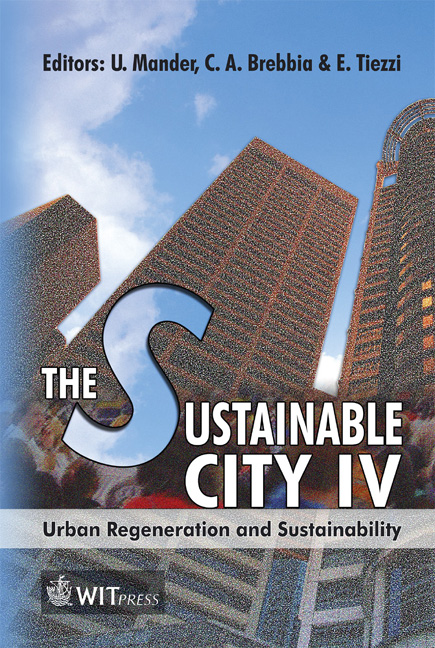Development Of Sustainable Traffic Planning: Analysis Of Danish Planning Visions 2005 And 2015
Price
Free (open access)
Transaction
Volume
93
Pages
8
Published
2006
Size
637 kb
Paper DOI
10.2495/SC060531
Copyright
WIT Press
Author(s)
S. L. Jeppesen & S. Leleur
Abstract
Traffic and city planning has for a long period of time been a matter of solving actual problems with specific plans rather than by making visionary long-term planning to prevent new problems from occurring. As the amount of traffic is rapidly increasing and congestion problems are appearing there has, however, been a renewed focus on the interaction between transport and sustainability. To exemplify the advancement of Danish planning methodology this paper in this respect reviews a visionary traffic planning report produced by the Danish Ministry of Transport in 1993 called \“Trafik 2005”. On this basis a recent set of planning visions for 2015 is examined and by using a simple counting technique the development in Danish transport planning is monitored. Finally some conclusions are given. Keywords: sustainability, traffic planning, visions, monitoring of planning. 1 Introduction Over time different issues and contexts have influenced Danish spatial planning and traffic planning. Based on reviewing recent decades of Danish planning three planning bases have been identified and as a consequence of these, three planning methods as well have been identified, see Table 1. The planning bases needs, expectations and possibilities are seen as expressions of different planning drivers. Planning based on needs tends to be short-sighted planning, which will handle existing problems without considering how they can be solved on a longterm perspective. Expectations describe planning which is based on forecasts and calculations. This kind of planning tries to adopt a long-term perspective, but can
Keywords
sustainability, traffic planning, visions, monitoring of planning.





